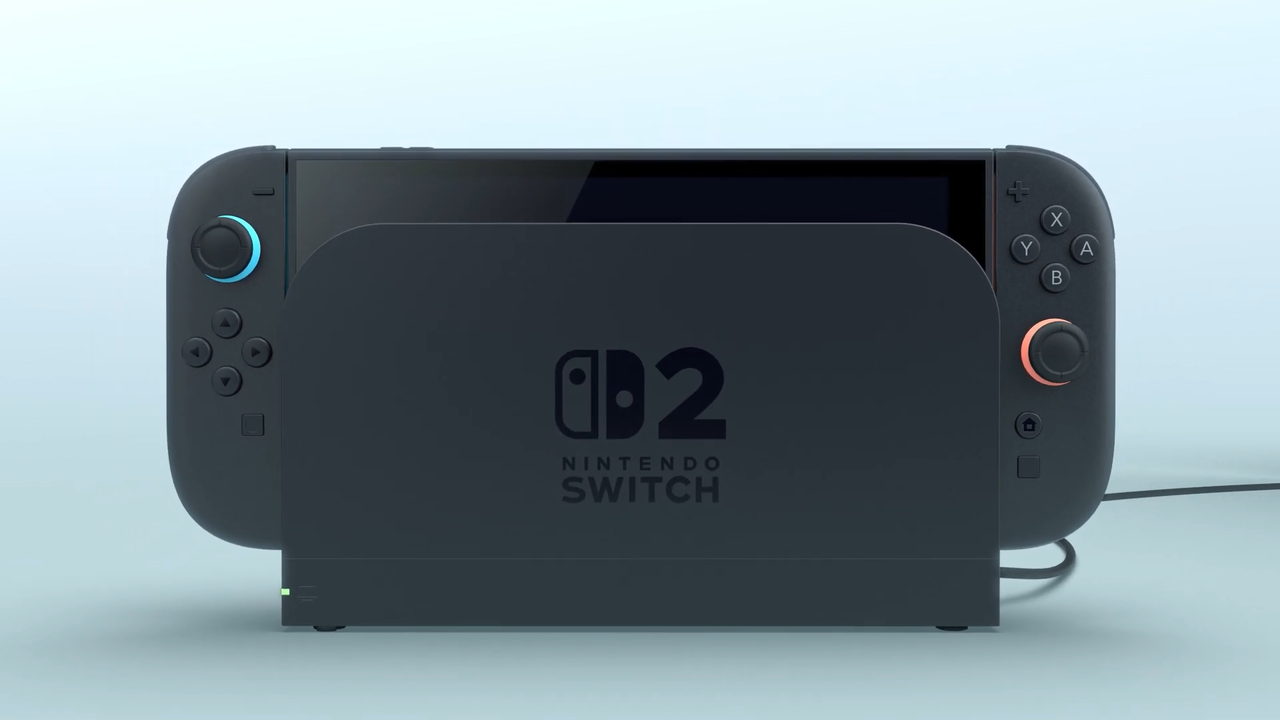Breaking: Nintendo's Next-Gen Gamble - Why Fans Will Pay Premium for Switch 2 and Mario Kart World

Nintendo's Pricing Bombshell: Switch 2 and Mario Kart World Spark Controversy
Gamers and tech enthusiasts are buzzing with mixed emotions as Nintendo unveils its latest hardware and game pricing. The upcoming Nintendo Switch 2 is set to hit the market at a hefty $450, with the highly anticipated Mario Kart World priced at $80 – a combination that's leaving fans both excited and frustrated.
But why the steep price tag? Industry experts suggest several factors are driving Nintendo's pricing strategy. The new console promises cutting-edge technology, enhanced graphics, and innovative gameplay features that could justify the premium cost. Meanwhile, the Mario Kart World's price reflects the game's extensive development, advanced multiplayer capabilities, and the franchise's massive popularity.
While consumers may be wincing at the initial investment, Nintendo seems confident that the quality and innovation of their new offerings will ultimately win over skeptical gamers. The company has a long history of delivering unique gaming experiences that often transcend traditional pricing expectations.
As the gaming community continues to debate the value proposition, one thing remains clear: Nintendo is betting big on pushing the boundaries of interactive entertainment – and they're asking fans to pay a premium for the privilege.
